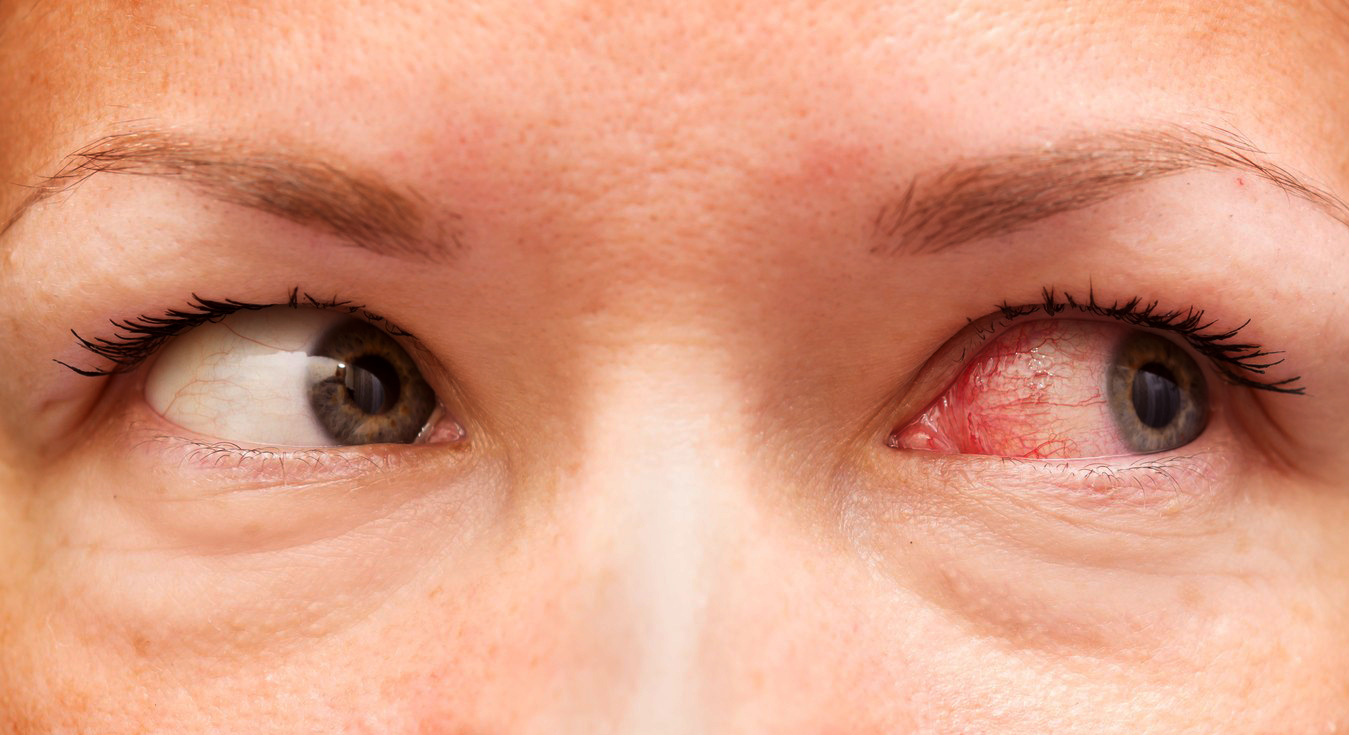Scleroderma is an autoimmune disease characterized by thickening and hardening of the skin.
It affects mainly the hands and the part of the forearms closest to them, the feet, the face and the neck, with a slow progression throughout the years. Scleroderma usually begins at around 40 years of age; it is usually more common in women than in men.
Scleroderma begins with generalized pain, fatigue, weight loss and stiffness. The most characteristic clinical manifestation is the affectation of the skin, with three phases: first they usually swell the fingers of the hands, which adopt a sausage shape, in a second phase the skin hardens, it cannot be pinched and the wrinkles and folds of the skin disappear, there is little mobility in the fingers, the face has no expressiveness and the opening of the mouth is smaller, and finally, cutaneous thinning occurs.
The exact cause of scleroderma is not known, although it is considered that there are three elements that influence its origin and development:
- A disorder of collagen synthesis that causes fibrosis.
- Certain alterations of the blood vessels.
- Certain immunological alterations.
The development of scleroderma stems from the fusion of two fundamental factors that would be a genetic basis and the influence of certain environmental factors. There are some cases in which a relationship has been established between contact with certain substances and the appearance of clinical pictures similar to scleroderma:
- Polyvinyl chloride: handling during polymerization.
- Silica: scleroderma is more frequent in miners exposed to it.
- Silicone: mammary prostheses with defects by which this substance can be discharged abroad.
- Paraffin: administered by injections for aesthetic purposes.
- Drugs: treatments with bleomycin (chemotherapy drug) or with pentazocine (opioid drug).
- Certain organic solvents: trichlorethylene and aromatic hydrocarbons.
- Toxic oil: the toxic oil syndrome or rapeseed syndrome was an intoxication caused by the intake of denatured rapeseed oil.
Raynaud’s phenomenon
The most frequent initial manifestation in scleroderma is Raynaud’s phenomenon; It occurs in 90% of cases. It is a disorder that is characterized by the reduction or lack of blood supply (ischemia) in the fingers, episodically. It is manifested by certain changes in the color of the fingers and toes: paleness, followed by bluish discoloration of the skin (cyanosis) after exposure to cold, and then redness after heating.
- Joint involvement: Starts with stiffness and pain, then there is a limitation of mobility, especially in the fingers.
- Involvement of the viscera: The most frequent are gastrointestinal, affecting mainly the esophagus.
- Cardiac affection: Consists, among others, of angina-type chest pain and arrhythmias.
- Renal disease: Kidney disease is affected, nephropathy is reported, and severe arterial hypertension is also caused by nephropathy.
Always take care of your health with a unique and efficient service. Visit Pharmamedic.







